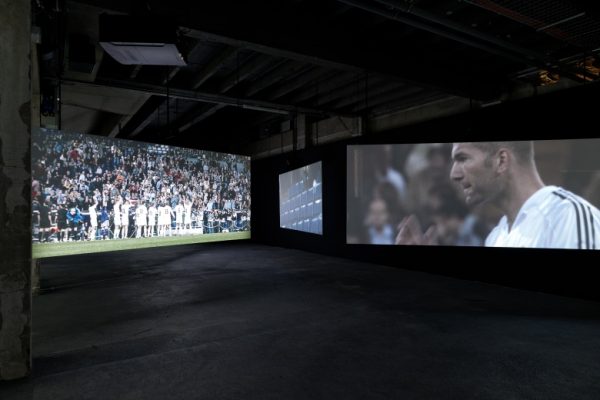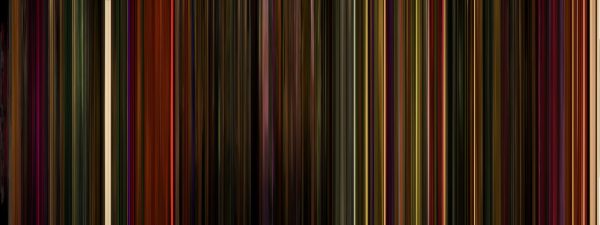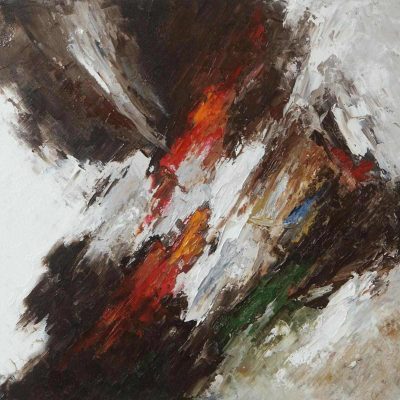It is the standard procedure, when visiting someone in central Paris, to ask in advance for the door code that allows you into an antechamber from where it is possible to buzz your host’s apartment. I always forget this. So it is that I find myself on the street, separated from the studio of one of the most exciting artists of the era by the width of a door and my own logistical incompetence. The neighbouring crèche gives me short Parisian shrift. I consider how embarrassing it might be to shout ‘Philippe Parreno! Philippe Parreno!’ when the man himself emerges, smiling at my predicament. I tell him that I was rebuffed by his neighbour; he explains that she was only attempting to disguise the fact that the kindergarten is Parreno’s own clandestine ideas factory, in which the superficially motiveless creative activities of the unwitting children are, at the end of the day, gathered up as R&D for new projects.
The joke is a good one because, to co-opt the cliché, it is not entirely implausible in the context of Parreno’s radical, witty approach to creative practice. He is an artist who has spent his career challenging received notions of how art should be made and experienced. Foremost among his principles is a kind of communalist approach, appreciable in the two defining characteristics of his work. The first is his disdain for the notion of artist as individual genius and his embrace of collaboration (with Dominique Gonzalez-Foerster, Douglas Gordon, Liam Gillick, Pierre Huyghe, Hans Ulrich Obrist and many others). The second is his relegation of the discrete objects in an exhibition to mere constituent parts in a wider network of relations.
The exhibition is the work of art, much as in the case of opera we accept that the individual performances – of music, of set design, of the actors – should be appreciated collectively rather than in isolation. We might think of Parreno as a choreographer, leading visitors through immersive, theatrical environments in which events take place according to a script or score. This was in evidence during Parreno’s extraordinary retrospective at the Palais de Tokyo in 2013, through which the visitor was guided by a rendition of Igor Stravinsky’s Petrushka played out on scattered, haunted pianolas. The soundtrack combined with the physical architecture of the building to narrativise the visitor’s experience by joining up all of her discrete encounters – with films, with sculptures, with performances – in time.
Parreno’s best-known works include The Bridge and the Bachelors at the Barbican, for which he provided a mise-en-scene that used music and live performance to guide the viewer through the mutually influential works of Duchamp, Cage, Cunningham, Rauschenberg and Johns; Zidane: A 21st Century Portrait, a feature-length documentary of the eponymous football player, directed by Parreno and Douglas Gordon and soundtracked by Mogwai; and Il Tempo del Postino, for which Parreno and Hans Ulrich Obrist invited fifteen artists to present works of a fixed duration on stage at the 2007 Manchester International Festival.
His penchant for collaboration was most fully realised in his joint purchase, with Pierre Huyghe, of an off-the-shelf manga character they named Annlee. Now freed from her copyright, Annlee has become a muse or cipher for a series of artists invited to work with her. The Fade to Black series of posters reprinted here epitomise Parreno’s preoccupation with the contingent, the unstable and the recurrent. Depicting projects that were never completed, the phosphorescent images glowed in the dark for only a brief period after being exposed to light, ghosts of unrealised dreams.
The below is a short excerpt. The full interview is included in The White Review No. 11.




